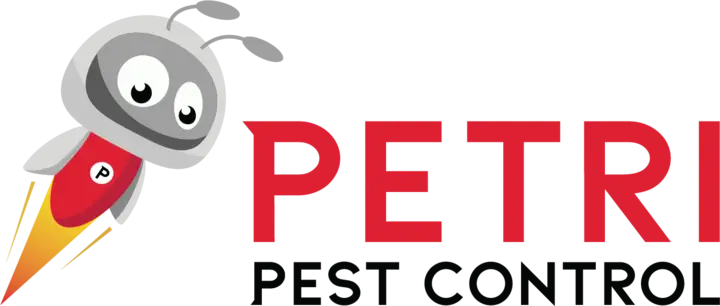Drywood termites live in the wood they infest and are usually found in out of the way places, such as walls, attics, or furniture. Smaller than subterranean termites, with smaller colonies, drywood termites, hollow out the wood from door frames, floors, fascia, attics, and furniture – essentially, anywhere wood exists in your home. Because they live inside the wood they infest, drywood termites may not be detectable until you tap on a door frame and it sounds hollow or your wooden floors appear water damaged or buckled.
Drywood termites have adapted to living without additional water other than the water in the wood they infest. Other tell-tale signs of drywood termite activity is the appearance of piles of sawdust-looking “frass” that are six-sided pellets, excreted from drywood termites and pushed through a kick out hole in the wood these termites are infesting. The peculiar shape of drywood termites’ excrement comes from its digestive tract squeezing all the moisture out of the digested cellulose the drywood termites consume. You may also find termite wings and bodies from drywood swarms in your home. Drywood termites take a while to do any considerable damage but they should still be addressed with either tent fumigation or a no tent solution depending on your specific case.
Subterranean termites, on the other hand, can destroy a structure in a few months. Two invasive subterranean termites, Formosan and Asian subterranean termites, unlike drywood termites, attack everything that contains cellulose, including live trees, utility poles, and structural timbers. With significantly larger colonies, numbering from 60,000 members to 2 million members, subterranean termites are voracious eaters and will eat through non-wooden materials, such as rubber and electrical wiring to get to cellulose. Unlike drywood termites, subterranean termites live in the soil beneath a structure, sometimes establishing a vast population with multiple queens. Because subterranean termites need moisture and warmth to survive, they build mud tunnels to structures, like your home, where they enter from moist wood to ground contact. Mud tubes running up the walls of your home or up trees on your property can be indicators of subterranean termite activity.
Whether you think your home has been infested by drywood termites or subterranean termites, you should contact South Florida’s termite control experts at Petri Pest Control Services. Servicing homes and businesses in Broward County and Palm Beach County, Petri’s team of termite experts will conduct a thorough inspection of your property and provide advice on the next steps you should take.
What Is The Difference Between Drywood And Subterranean Termites in South Florida
Serving Broward County and Palm Beach County
